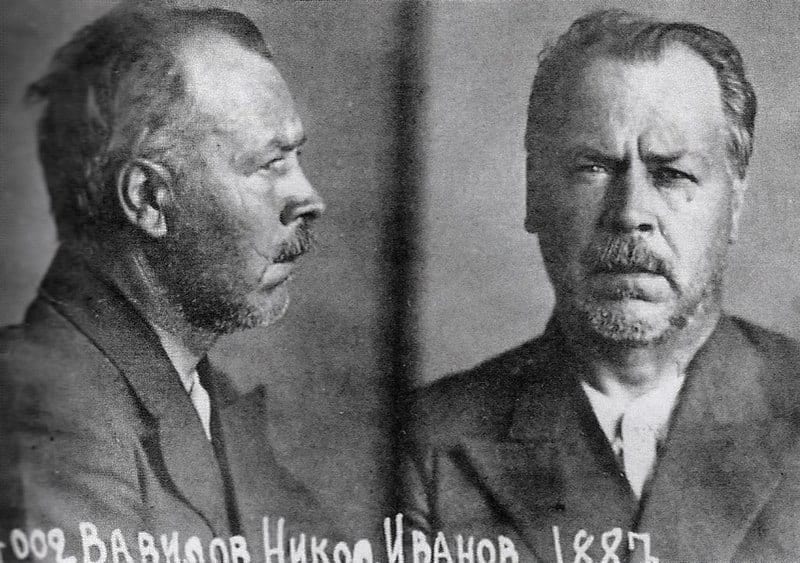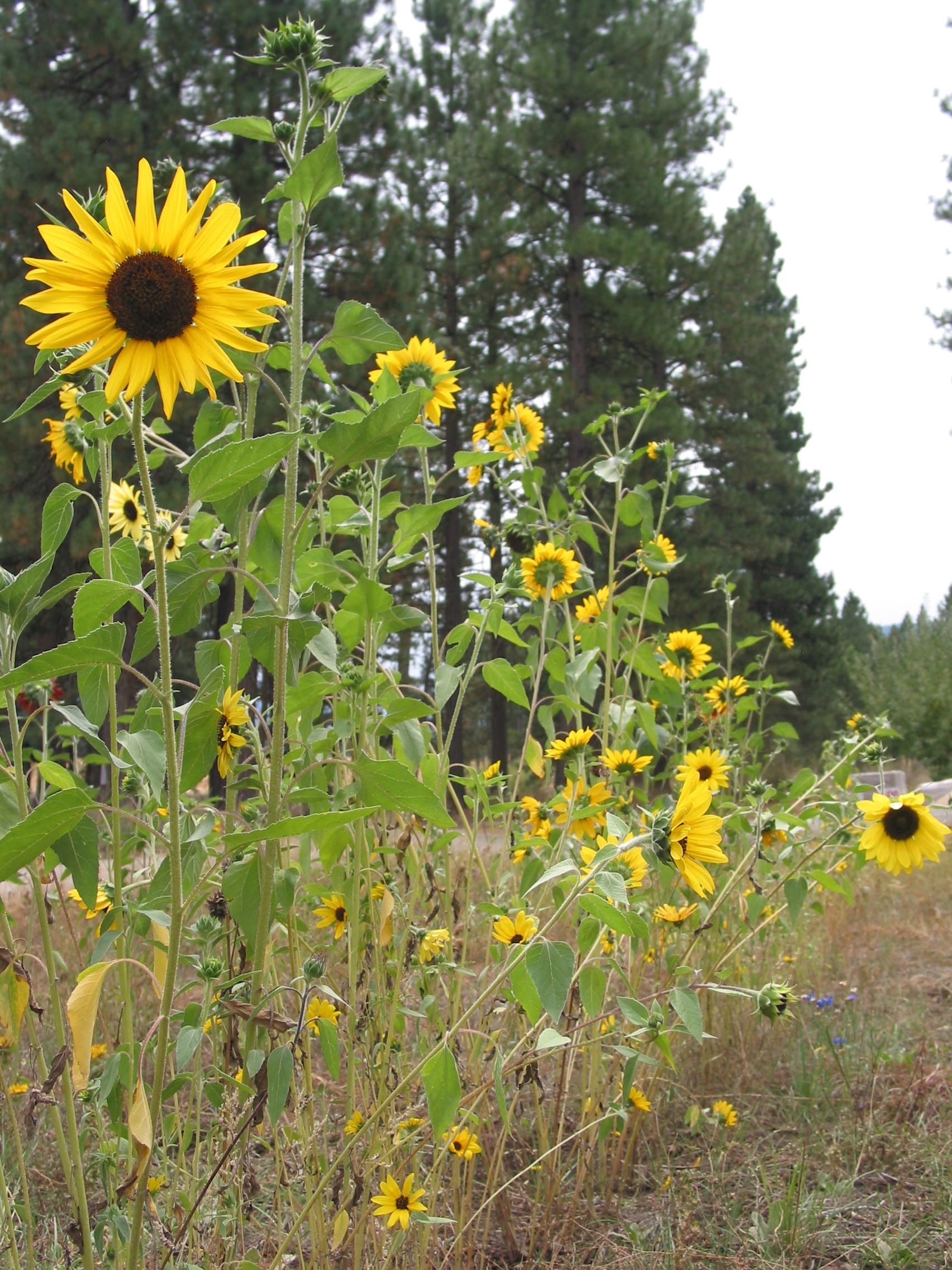
Saving more than just seeds, in situ
While I'm often left paralyzed by apple choice in Kroger, I know the breadth of options at grocery stores mask a far different reality: we've lost roughly 90% of the world's crop varieties in the past 100 years. This threat to future food security is referred to as genetic erosion and primarily attributed to the



